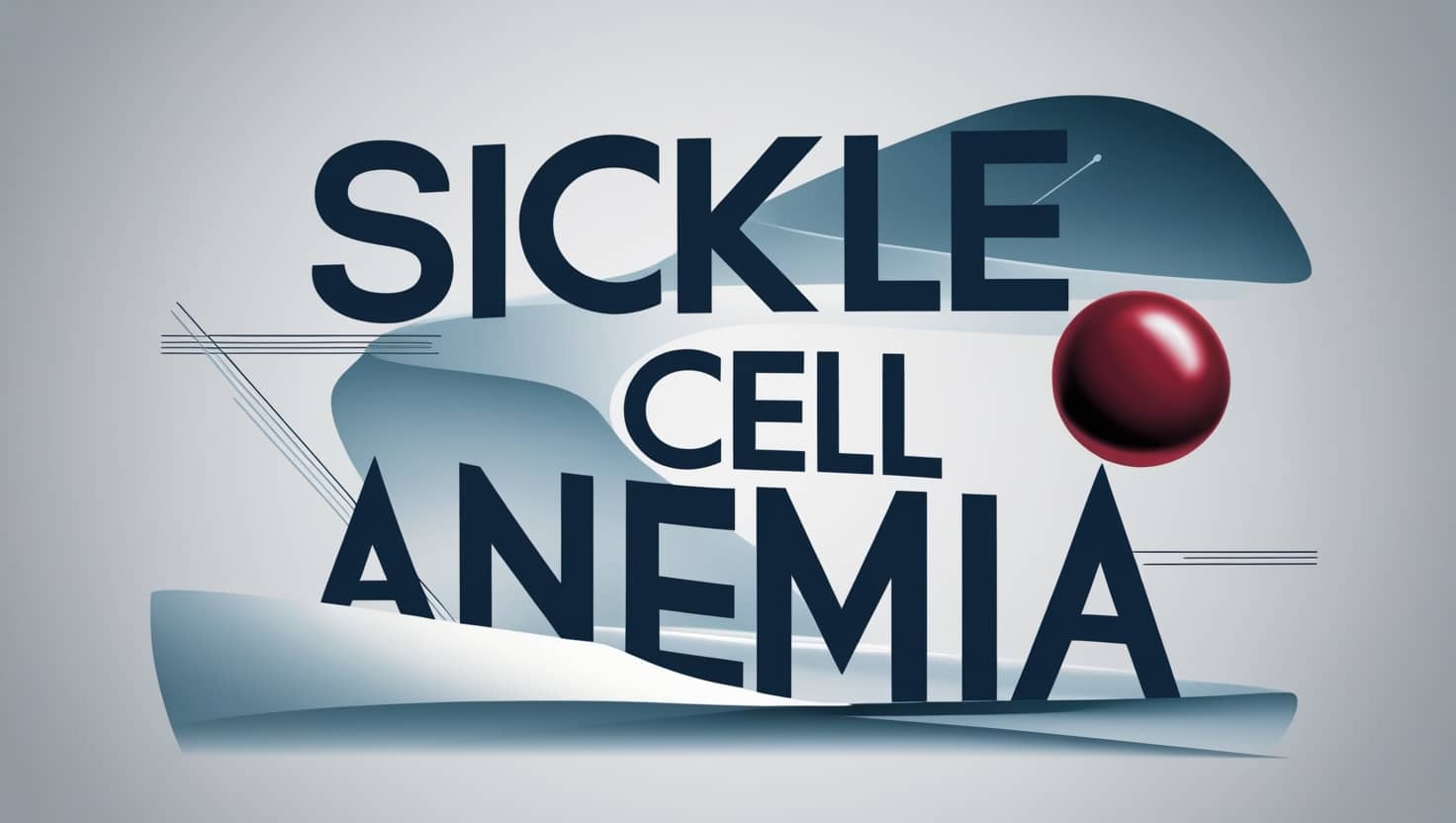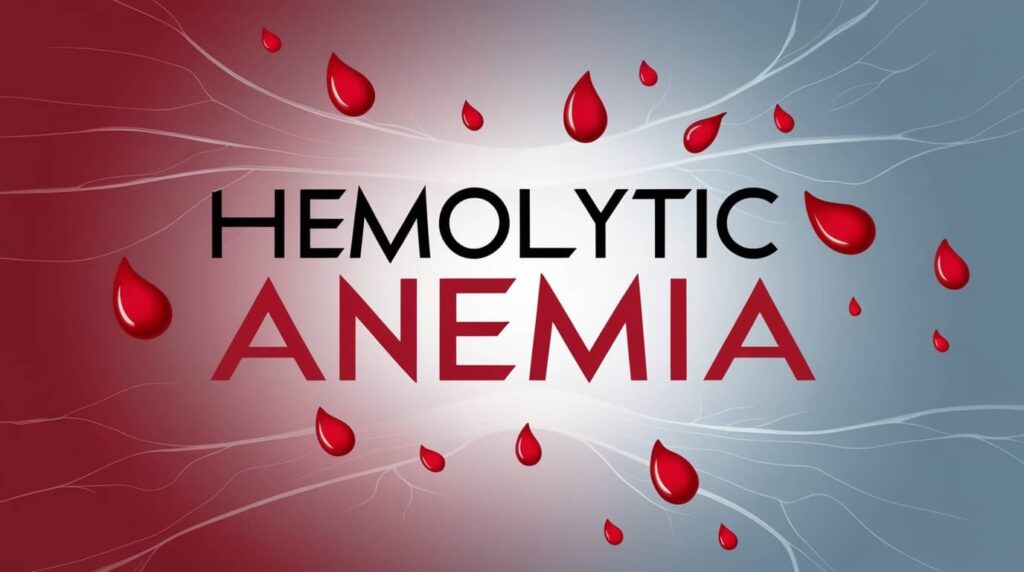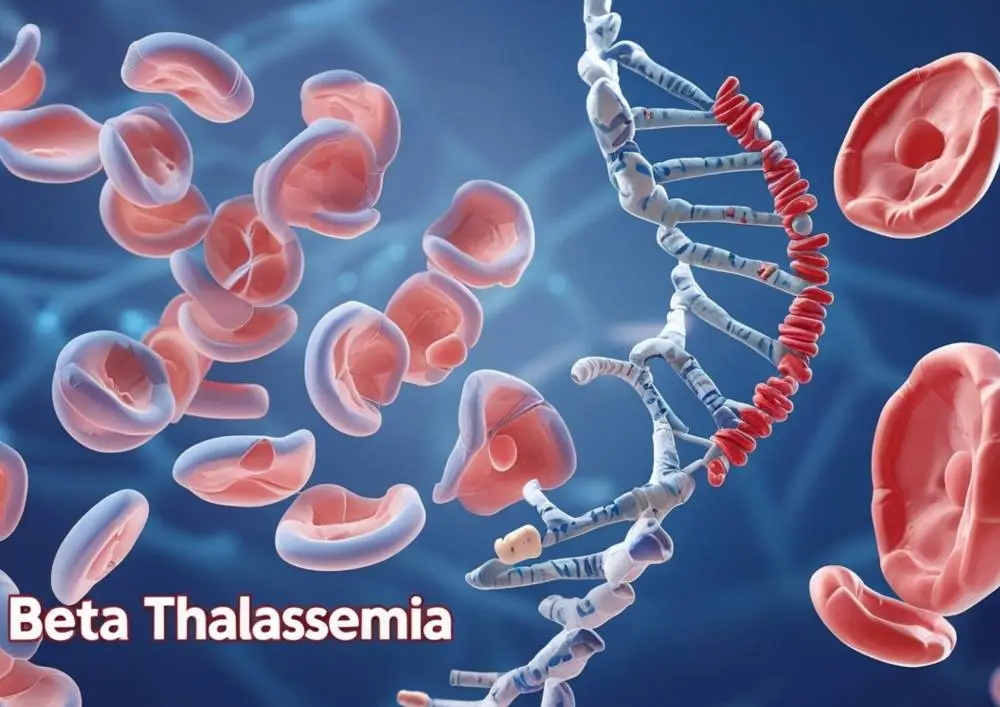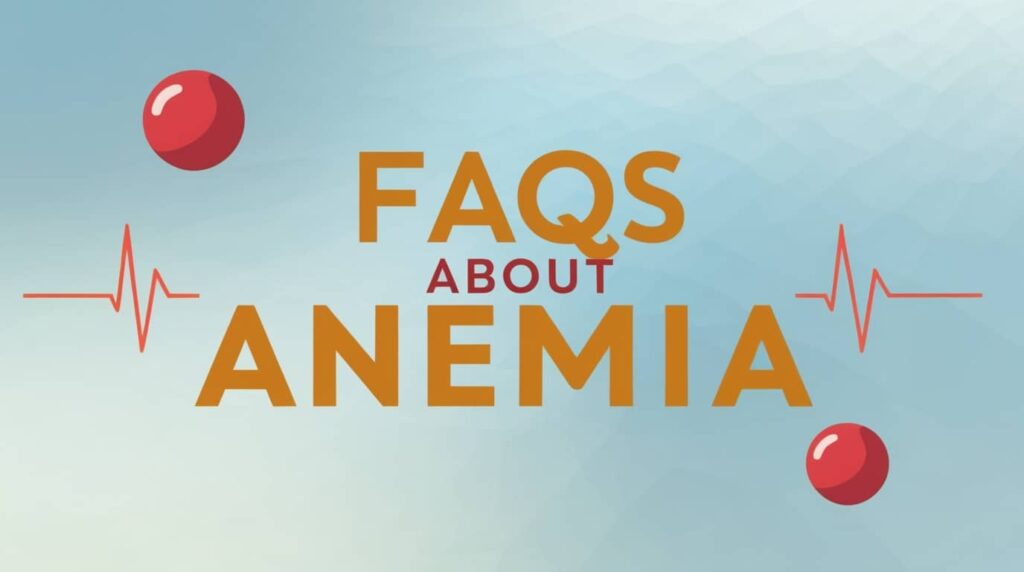What is Sickle Cell Anemia?
Sickle cell anemia is an inherited condition of the globin chains that leads to hemolysis and chronic organ damage.
It is a chronic blood condition characterized by abnormally rigid and sickle-shaped red blood cells.
Sickling reduces the flexibility of the cells and increases the possibility of various complications.
Sickling is caused by a mutation in the hemoglobin gene.
Difference Between Sickle Cell Anemia and Sickle Cell Disease
Sickle cell disease (SCD) is an inherited hemoglobin disorder characterized by the formation of long chains of hemoglobin when deoxygenated within capillary beds, resulting in sickle-shaped red blood cells, progressive multiorgan damage, and increased mortality.
Sickle cell disease (SCD) includes many subgroups, such as sickle cell anemia (SCA), hemoglobin SC disease (HbSC), and hemoglobin sickle-beta-thalassemia (beta-thalassemia positive or beta-thalassemia negative).
The most prevalent type of sickle cell disease (SCD) is sickle cell anemia, which is a lifelong condition characterized by hemolytic anemia, organ damage, pain crises, and the need for blood transfusions.
Pathophysiology of Sickle Cell Anemia
Hemolysis and Vaso-occlusive crises are the two primary characteristics of sickle cell anemia (VOC).
The sickle hemoglobin (HbS) molecule can transform into rigid, elongated polymers in a deoxygenated state due to a defect in the beta-globin gene.
Initially, the sickling process is cyclical, with sickle erythrocytes oscillating between the normal biconcave shape and the abnormal crescent shape (acquired under low oxygen pressure).
However, there is a time at which the change is irreversible, and the sickle erythrocytes develop a permanent sickle shape, increasing the risk of hemolysis and VOC.
The pathophysiology that leads to the polymerization of the HbS component is the same in all SCD variants.
Hemolysis and the destruction of the red cells inside the spleen cause the actual anemia of the illness due to their misshape.
Although the bone marrow tries to compensate by producing new red cells, it cannot keep up with the rate of destruction.
Normal red blood cells last 90 to 120 days on average, but sickle cells only last 10 to 20 days.
Causes & Genetics of Sickle Cell Anemia
Sickle-cell disease develops when the seventh amino acid, glutamic acid, is replaced by valine to change the structure and function.
The gene defect is caused by a known mutation of a single nucleotide (A to T) of the p-globin gene, resulting in glutamate being replaced by valine at position 6.
In contrast to the normal adult HbA, hemoglobin S with this mutation is referred to as HbS.
The genetic disorder is caused by a single nucleotide change, from a GAG to a GTG codon mutation.
This mutation is typically benign and has no apparent effects on the secondary, tertiary, or quaternary structure of hemoglobin.
The short arm of chromosome II contains the autosomal recessive allele that causes sickle cell anemia.
A person who inherits the defective gene from both parents develops the disease.
A person who receives one defective and one healthy allele remains healthy but is a carrier of the disease.
If two carriers have a child, their child has a one in four chance of developing the disease and a one in two chance of being just a carrier. Because the gene is incompletely received, carriers can produce a few sickled red blood cells, not enough to cause symptoms but enough to grant malaria resistance.
As a result, heterozygotes have higher fitness than homozygotes.
This is referred to as the benefits of heterozygotes.
Signs & Symptoms of Sickle Cell Anemia
Sickle cell anemia manifests as severe hemolytic anemia that is periodically interrupted by crises.
1. Vaso-occlusive Crises
The most common type of crisis is a Vaso-occlusive crisis.
Their etiology is usually attributed to low oxygen tension as in high altitude, water loss, and infection.
Vaso-occlusion causes intense pain, particularly in the bones (hips, shoulders, and vertebrae).
Infarcts of the small bones cause painful dactylitis (hand-foot syndrome).
It is usually the disease’s first manifestation and can lead to digits of varying lengths.
The lungs and spleen are among the soft tissues affected.
The most serious Vaso-occlusive crisis occurs in the brain (where a stroke occurs in 7% of all patients) or spinal cord.
2. Sequestration Crises
These crises are caused by blood pooling with severe anemia exacerbation.
The most frequent cause of death after puberty is acute sickle chest syndrome.
The patients have dyspnea, arterial hypoxia, chest pain, and lung infiltrates on chest X-ray.
a. Aplastic Crises
Aplastic crises are caused by parvovirus infection and are characterized by a sudden decrease in hemoglobin, which usually requires transfusion.
Both anemia and reticulocytopenia are present in the patient.
b. Hemolytic Crises
The patients in these crises exhibit a higher rate of hemolysis along with a decrease in hemoglobin levels associated with reticulocytosis.
Hemolytic crises are commonly associated with Vaso-occlusive crises.
c. Other Clinical Features
Chronic hemolytic anemia is the most common clinical manifestation of SCD, with recurrent attacks of acute painful Vaso-occlusive crises.
SCD is also associated with acute and chronic multi-organ complications.
Spleen size increases during infancy and early childhood, but later on it typically decreases due to infarction (auto-splenectomy).
The risk of death is increased by the possibility of pulmonary hypertension and tricuspid regurgitation.
Patients with SCD may experience additional complications like retinopathy and priapism.
Ophthalmologic complications can include retinal detachment and hemorrhage, anterior chamber ischemia, tortuosity of conjunctival vessels, retina artery occlusion, angioid streaks, proliferative retinopathy, and angioid streaks.
Vaso-occlusion can be especially harmful to the retina.
Chronic liver damage can occur as a result of a microinfarction caused by gallbladder stones.
During the course of sickle cell anemia, renal medullary infarction with papillary necrosis may be present.
The kidney’s ability to concentrate urine may be lost, resulting in dehydration and Vaso-occlusive crises, and nocturnal enuresis is common.
Diagnosis of Sickle Cell Anemia
The complete blood count in HbSS reveals hemoglobin levels in the range of 6-8 g/dL, with reticulocytosis (due to compensatory bone marrow hyperplasia).
Hb levels are typically higher in other forms of sickle cell disease.
A blood film may show sickle-shaped cells and hyposplenism characteristics (target cells and Howell-Jolly bodies).
Hemoglobin electrophoresis is used to detect the presence of abnormal hemoglobin types.
The two most common forms found in sickle cell-diseased patients are hemoglobin S and hemoglobin SC.
Confirmation of the diagnosis is accomplished using high-performance liquid chromatography (HPLC).
The acute sickle-cell crisis may be triggered by infection. Therefore, it is necessary to perform a urinalysis to detect an occult UTI and a chest X-ray to check for occult pneumonia.
Life Expectancy of Sickle Cell Anemia
When compared to normal adults, sickle cell disease has a lower overall life expectancy (perhaps by 20 to 30 years), but advances in therapy are extending survival.
Patients with homozygous SCD now live an average of more than 50 years.
Additionally, it was stated that men with sickle cell anemia have a 42-year life expectancy and women with the condition have a 48-year life expectancy.
Dactylitis in infancy, hemoglobin levels below 7 g/dL, and a higher white cell count in the absence of infection are all indicators of a poor prognosis.
Common causes of death are acute chest syndrome, infarction of a vital organ, pulmonary embolism, recurrent infections, and renal failure.
Longer survival is a result of better general medical care rather than effective anti-sickling therapy.
Voxelotor and crizanlizumab are two newer medications that were approved in 2019, also the increased use of hematopoietic stem cell transplants, and research into novel methods like gene therapy all point to an improvement in quality of life and survival rates.
Treatments / Managements of Sickle Cell Anemia
Treatment aims is to prevent RBC sickling, dehydration, hypoxia, and acidosis, all of which can induce sickling.
The typical approach to managing a crisis is supportive unless a blood transfusion is necessary.
The main presentation is a painful attack. For the management of severe pain attacks, it is frequently necessary to administer subcutaneous morphine or another strong opiate.
A sufficient fluid intake is mandatory.
Folic acid and penicillin à Children born with sickle cell disease will be given folic acid (1 mg dose) every day for the rest of their lives.
Patients must also take penicillin every day from birth until age five due to their susceptibility to pneumococcal infection.
Most other complications, such as splenic sequestration and strokes, necessitate meticulous supportive care (oxygen, judicious fluid administration) and transfusion therapy.
Hydroxyurea has been proven to have significant advantages for patients who experience frequent and severe complications.
Sickle cell disease has a great chance of being cured with hematopoietic stem cell transplantation (bone marrow transplantation).
Antihistamines (hydroxyzine, diphenhydramine) may lessen opiate-induced itching and may have some opioid-sparing effects.
For acute chest syndrome, empirical antibiotics (macrolide and cephalosporin), oxygen supplementation, adequate analgesics, simple or exchange transfusion, incentive spirometry, and beta-agonist inhalations may be needed.
Summary
Sickle cell anemia is an inherited condition of the globin chains that leads to hemolysis and chronic organ damage.
It is a chronic blood condition characterized by abnormally rigid and sickle-shaped red blood cells.
Hemolysis and Vaso-occlusive crises are the two primary characteristics of sickle cell anemia (VOC).
The gene defect is caused by a known mutation of a single nucleotide (A to T) of the p-globin gene, resulting in glutamate being replaced by valine at position 6.
Sickle cell anemia manifests as severe hemolytic anemia that is periodically interrupted by crises.
The most common type of crisis is a Vaso-occlusive crisis.
Their etiology is usually attributed to low oxygen tension as in high altitude, water loss, and infection.
Vaso-occlusion causes intense pain, particularly in the bones (hips, shoulders, and vertebrae).
Infarcts of the small bones cause painful dactylitis (hand-foot syndrome).
The complete blood count in HbSS reveals hemoglobin levels in the range of 6-8 g/dL, with reticulocytosis (due to compensatory bone marrow hyperplasia).
A blood film may show sickle-shaped cells and hyposplenism characteristics (target cells and Howell-Jolly bodies).
Confirmation of the diagnosis is accomplished using high-performance liquid chromatography (HPLC).
When compared to normal adults, sickle cell disease has a lower overall life expectancy (perhaps by 20 to 30 years), but advances in therapy are extending survival.
Voxelotor and crizanlizumab are two newer medications that were approved in 2019, also the increased use of hematopoietic stem cell transplants, and research into novel methods like gene therapy all point to an improvement in quality of life and survival rates.
Treatment aims is to prevent RBC sickling, dehydration, hypoxia, and acidosis, all of which can induce sickling.
The typical approach to managing a crisis is supportive unless a blood transfusion is necessary.
For the management of severe pain attacks, it is frequently necessary to administer subcutaneous morphine or another strong opiate.
Children born with sickle cell disease will be given folic acid (1 mg dose) every day for the rest of their lives.
Patients must also take penicillin every day from birth until age five due to their susceptibility to pneumococcal infection.
Sickle cell disease has a great chance of being cured with hematopoietic stem cell transplantation (bone marrow transplantation).
References
- Sickle cell anemia – statpearls – NCBI bookshelf. Retrieved March 17, 2023, from PubMed
- T;, K. P. L. F. T. A. W. Sickle cell disease: A Review. JAMA. Retrieved March 18, 2023, from PubMed
- (PDF) sickle cell disease – researchgate. Retrieved March 17, 2023, from ResearchGate
- (PDF) sickle cell anaemia: A review – researchgate. (n.d.). Retrieved March 17, 2023, from ResearchGate







